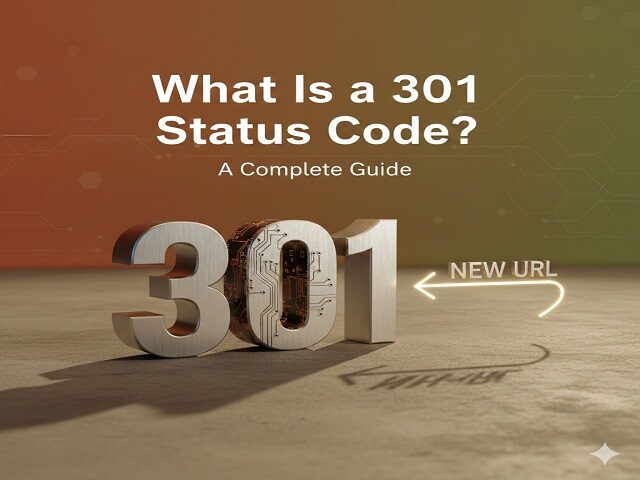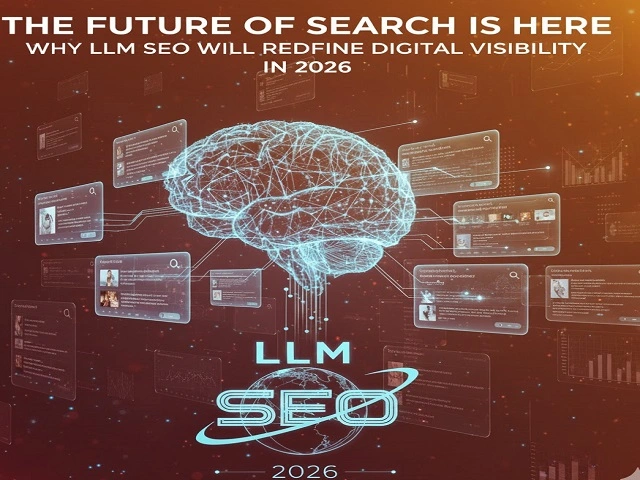If you’ve spent years optimising for clicks, you may be feeling a shift. Many brands are now discovering that great rankings don’t necessarily equal rising traffic. That’s because the way people search — and the way search engines respond — is changing dramatically.
We’ve entered what I call the Zero-Click Era.
In this new world, being visible in search doesn’t always mean a click to your site. Sometimes, the user never leaves the search results page. Brands that recognise this change early, and adapt their SEO to appear inside these new search experiences, will continue to thrive. Those that don’t will slowly fade from user awareness.
In this post, I’ll explain what zero-click search means, share the latest verified data from the US and Australia (with implications for India), and outline how leading digital brands can keep winning — even when users don’t click.
What Is Zero-Click Search?
A zero-click search happens when a user finds what they’re looking for on the search results page (SERP) itself — without ever visiting another website.
These results appear in forms such as:
- Featured snippets (the concise answer box at the top of Google)
- Knowledge panels or brand cards (e.g., company details, ratings)
- People Also Ask expansions
- Local business packs (map results)
- AI-generated summaries or “AI Overviews” presented directly by search engines
For instance, you might search “What’s the fastest electric car 2025?” and see a table, summary, and brand images immediately — job done, no click.
This phenomenon isn’t new: even in 2019, Conductor found that 49 % of searches ended without a click. But AI and changing user behaviour have accelerated it beyond anything the industry expected.
Why Zero-Click Is Growing — The Evidence
Here’s the hard data proving this trend is real and accelerating:
- Nearly 60 % of Google searches in the US ended without a click in 2024.
— SparkToro Zero-Click Study 2024 - In March 2025, US organic clicks to websites were down to 40.3 %, from 44.2 % the year before. Meanwhile, zero-click searches climbed to 27.2 %.
— Search Engine Land 2025 - In Australia, local research shows that about 65 % of all searches end without a click.
— SearchScope Australia 2025 - AI-driven search is expanding fast: as of March 2025, 13.14 % of US queries triggered a Google AI Overview.
— Semrush AI Overview Study 2025 - A Pew Research Center (2025) analysis revealed that users are less likely to click links when an AI summary appears — confirming that AI is actively reducing outbound traffic.
This isn’t a side effect — it’s a structural change in how people consume information.
What This Means for Brands Across the US, India & Australia
United States
The US market is mature: users expect instant, concise answers. When brands rely only on traditional CTR, they misread the real picture. Visibility has shifted to snippets, brand mentions, and AI citations. Search Engine Journal (2025) notes that while clicks are down, brand visibility across SERP features has increased — proving that awareness doesn’t always require traffic.
Australia
Australia is even further ahead. A mobile-first audience, 90 % smartphone penetration, and quick-answer expectations mean two-thirds of queries never leave Google. For brands, this creates both risk and opportunity. Early adopters of “answer-first” optimisation — integrating schema and voice-search cues — are already outperforming slower competitors.
India
India’s landscape is unique: 900 million + internet users, regional language diversity, and explosive voice-search growth. Official zero-click data is limited, but the behaviour is visible everywhere — from Google Assistant to regional queries. Brands investing in multilingual structured content and conversational SEO can capture an enormous first-mover advantage.
How Brands Are Winning Without Clicks
Here’s how forward-thinking marketers (and agencies like Savit Interactive) are adapting — through three practical levers:
1) Optimise for Answer-Visibility — Not Just Clicks
- Lead with answers. Structure pages around questions and direct 40–60-word answers.
Example: “What are the best running shoes for wide feet?” → concise list + supporting details. - Implement structured data. Use FAQSchema, HowToSchema, Organization, and Brand markup so search engines parse your content precisely.
- Include the brand naturally. If your content gets cited, the mention — “According to Savit Interactive…” — boosts recognition.
- Write for intent, not curiosity. Move from click-bait to answer-first titles that make your page the definitive resource.
2) Adapt to AI & Generative Search
With 13 %+ of queries now showing AI summaries, brands must make content “AI-citation-friendly.” That means:
- Accurate facts + source links
- Clean entity data (brand, product, location)
- Clear, simple phrasing preferred by LLMs
Also, monitor visibility, not only clicks. As Search Engine Journal (2025) suggests, impression share and “answer citations” are the new KPIs.
Finally, remember voice: a growing portion of zero-click searches comes from voice assistants — conversational phrasing wins.
3) Reframe Measurement & Strategy
Traditional KPIs like sessions and CTR only tell part of the story. Update your dashboards to include:
- Snippet win rate
- “People Also Ask” appearances
- Knowledge Panel mentions
- AI-citation count
Track non-click visibility using SERP-feature tools and AI-answer monitors. Even without a visit, your brand earns trust and future conversions when it appears as the answer.
Practical Steps by Region
| Region | Key Priority | Tactical Tip |
| United States | Compete on authority | Audit existing content: add FAQs, stats, and schema to trigger featured snippets. |
| Australia | Mobile & local intent | Focus on localised long-tail queries (“best digital agency Melbourne”); ensure LocalBusiness schema. |
| India | Multi-language & voice | Create voice-friendly FAQs in Hindi, Tamil, Marathi; add regional schema and brand mentions. |
Case Snapshot
At Savit Interactive, we worked with an Australian retail client struggling with stagnant organic sessions. We re-wrote their top informational pages into concise Q&A sections, added FAQ + HowTo schema, and inserted subtle brand references.
Within 90 days, the results were striking:
- 2 new featured snippets captured for high-volume keywords
- First-ever Knowledge Panel listing for the brand
- 17 % increase in branded-search volume, even though overall traffic remained flat
Visibility rose, and so did brand trust — proof that zero-click optimisation pays off.
The Future: Clicks Aren’t Dead — But the Funnel Has Evolved
Clicks will never disappear entirely, but their role in the conversion path is changing.
As AI-powered search and assistants expand, a typical journey might look like:
Ask → Get Answer (brand mention) → Research Later → Convert Directly or Offline.
According to a Bain & Company 2025 survey, 80 % of consumers rely on answer-style results in at least 40 % of their searches.
So treat the SERP as the destination, not just a doorway.
Be the answer.
Be the brand cited.
When that happens, a click becomes a bonus — not the only success metric.
In the years ahead, growth in SEO won’t come from chasing higher CTRs. It will come from being present and authoritative in the precise moment the answer is delivered — on Google, on voice, or inside AI-search interfaces.
At Savit Interactive, we’re building AI-first, search-first frameworks that embed our clients into those answers. Whether your market is the US, Australia or India, the goal remains the same:
Don’t just rank. Be the answer.
FAQs
Q1. What is a Zero-Click Search?
A zero-click search occurs when a user gets the required information directly on the search results page — through featured snippets, knowledge panels, or AI summaries — without clicking any website.
Q2. Why are Zero-Click Searches Increasing?
Because search engines are integrating AI and structured data to answer queries instantly. Mobile and voice usage have amplified this trend, especially in Australia and India.
Q3. How Does Zero-Click Impact SEO Strategy?
It reduces organic traffic but increases the importance of visibility within SERPs and AI summaries. The key is to optimise content for answer-first visibility.
Q4. What is Answer Engine Optimization (AEO)?
AEO is the process of structuring content so that search engines and AI models cite your brand as a credible answer — using schema markup, concise Q&A formats, and clear entity references.
Q5. How Can Savit Interactive Help My Brand Adapt?
Savit Interactive’s AI-driven SEO approach combines AEO + GEO (Generative Engine Optimization) to improve brand mentions in snippets, “People Also Ask” boxes, and AI Overviews across India, US, and Australia.



